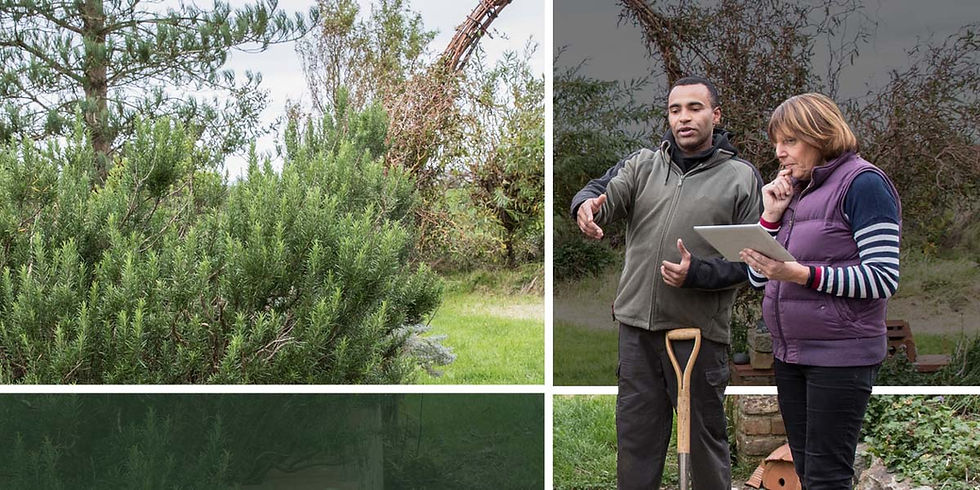Why does my grass have brown spots?
- Rooted in Nature

- Jul 9, 2020
- 2 min read
Updated: Apr 30, 2024

Few lawn problems are as unsightly as seeing your lush, green lawn punctuated with large brown spots. There are several reasons for your Maryland lawn to show brown, or even dead, spots.
Grass can turn brown if the soil’s pH is too high, meaning the soil is too acidic. You can test the pH and add the nutrients, like lime or sulfur, which will correct the pH balance. But in extreme cases, you may need to replace the grass and soil altogether.
Soil test kits are sold online and in garden shops and hardware stores.
Or, you can check your soil’s condition with this old-school DIY test:
- Place a handful of soil into a clean container.
- Add ½ cup of white vinegar.
- If the soil starts to fizz, then it's likely alkaline.
- If there is no reaction, take a second container and add some fresh soil.
- Pour into the container ½ cup of water, mix well, then add ½ cup of baking soda.
- If the soil begins fizzing, then the soil is likely acidic.
- If there’s no reaction to either test, then the soil has a neutral pH.
- If the soil is acidic, amend it with pulverized lime or wood ash. If the test proves the soil is alkaline, amend it with sulfur or pine needles.
If the pH or some other factor isn't causing the brown spots, then the culprit might be a physical obstruction. "A lot of times, an inch or so below the soil there can be a rock or stone, causing the roots to dry up, you may have to physically dig up the rock and remove it.
If the brown spots only appear in one area of your lawn, check your sprinklers. You may need to adjust the sprinkler heads to get full coverage.
If you're trying your best and are still seeing browning on your commercial or residential Maryland property, please contact us at 443-846-0199 or info@rootedinnaturemd.com.



Comments